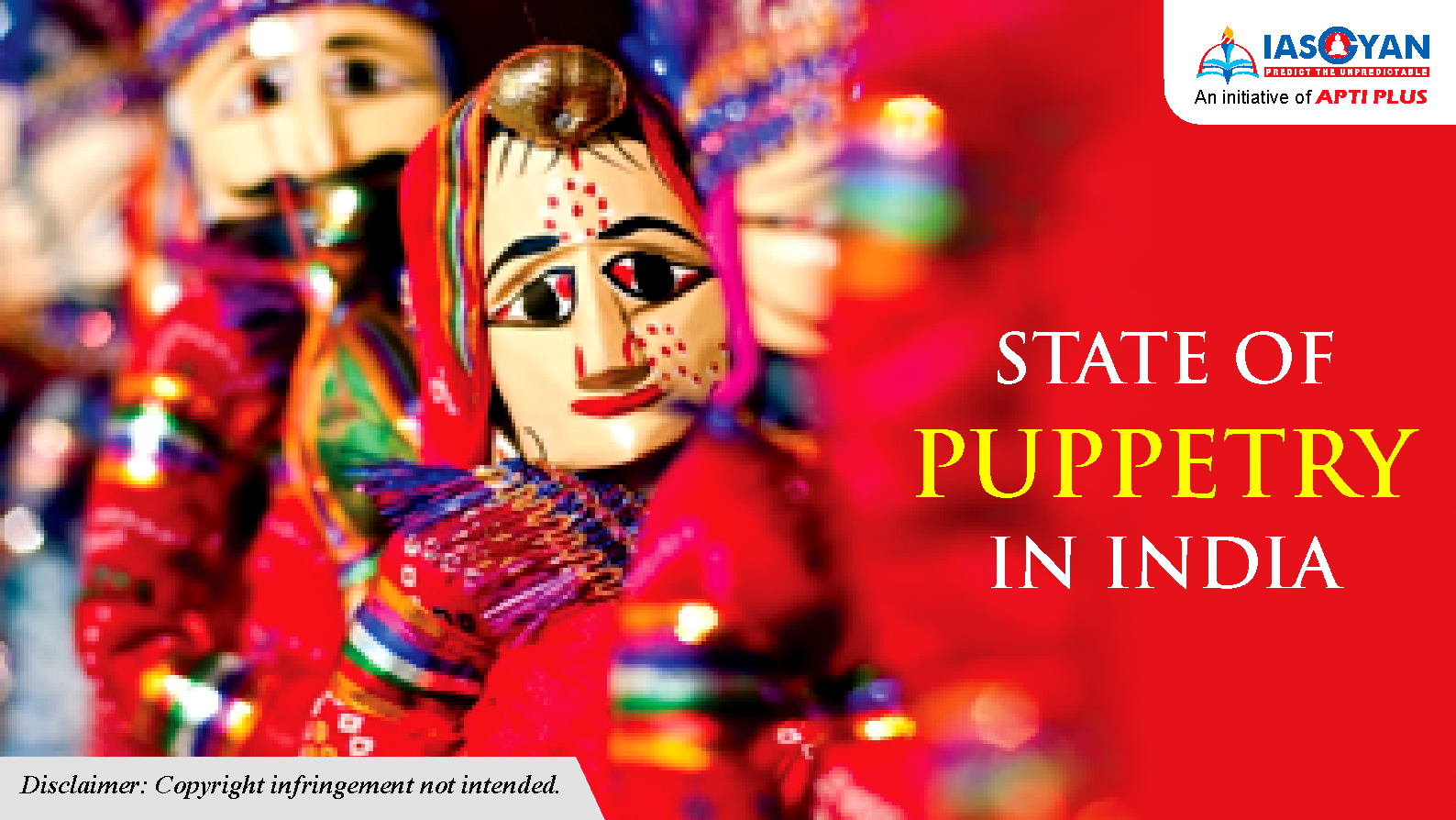




There are four types of puppetry which are discussed below:
String Puppets
Putal Nach – Assam
Gombeyatta – Karnataka
Kalasutri Bahulya – Maharashtra
Gopalila Kundhei – Orissa
Kathputli – Rajasthan
Bommalattam – Tamil Nadu
Kathputli – Rajasthan
Tarer or Sutor Putul – West Bengal
Shadow Puppets
Tholu Bommalata – Andhra Pradesh
Togalu Gombeyata – Karnataka
Tolpavakoothu – Kerala
Chamadyache Bahulya – Maharashtra
Ravanachhaya – Orissa
Thol Bommalattam – Tamil Nadu
Rod Puppets
Putul Nach – West Bengal
Kathi Kandhe – Orissa
Yampuri – Bihar
Glove Puppet
Oava Jytger – Kerala
PavaKoothu – Kerala
Kandei Nach- Odisha
Bener Putul- West Bengal
© 2024 iasgyan. All right reserved